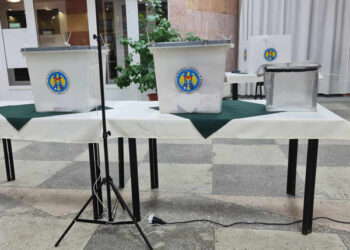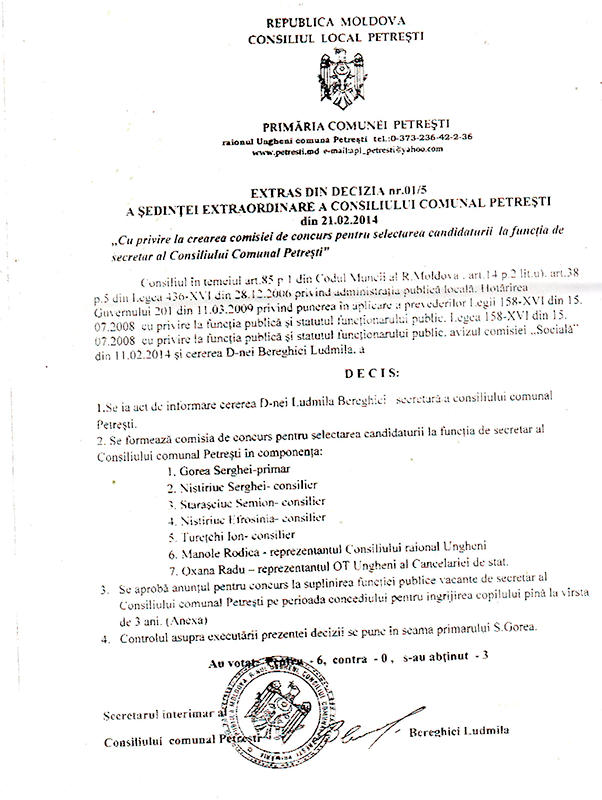Despite the fact that Japanese people are very interested in foreign wedding customs, Shinto rites are not typically used in current weddings http://whatisavoteworth.org/josephine-st-pierre-ruffin-trust-the-women-the-crisis-august-1915/. Lovers are more likely to hold a Christian, Buddhist, or secular festival that is influenced by western culture. Despite this, numerous customary elements, such as the transfer of bands and flower lob, are still included in wedding ceremonies.
About one in six Japanese weddings are Shinto, or” shinzen shiki,” and they are typically held in a shrine. The bride has her hair covered with a unique ornamental head handle called tsuno kakushi, and she wears bright kimono, which stands for cleanliness. A bride is followed by a red awning in the wedding march. This hue represents existence and repels wicked souls.
Attendees at the greeting hiroen share interesting tales and enjoy one another’s organization. Additionally, it is typical to present the wedded couple with hikidemono as a token of appreciation for their presence. Larger gifts, known as hikinomono, are typically made of porcelain or fabric and include things like chopsticks, tableware, folding fans, or pleasure cups. Small gifts are also called „hikigashi” and can include candy and candles. It is crucial that these gifts are delivered in a decorative packet, or shugibukuro, and that the present is hopefully oddly numbered to represent the number of new beginnings.

Following the service, the bride and groom each sip sake three days from nine unique plates to bind the union. This is a symbolic act of cleansing and exorcising the partners of their flaws—hatred https://asiansbrides.com/japanese-brides/, devotion, and misunderstanding.






















